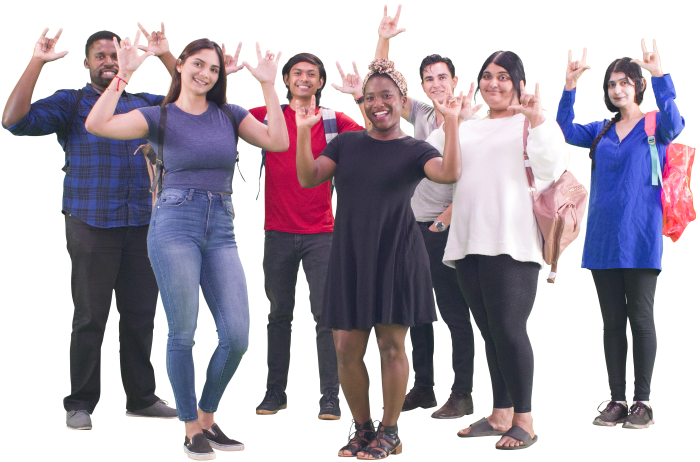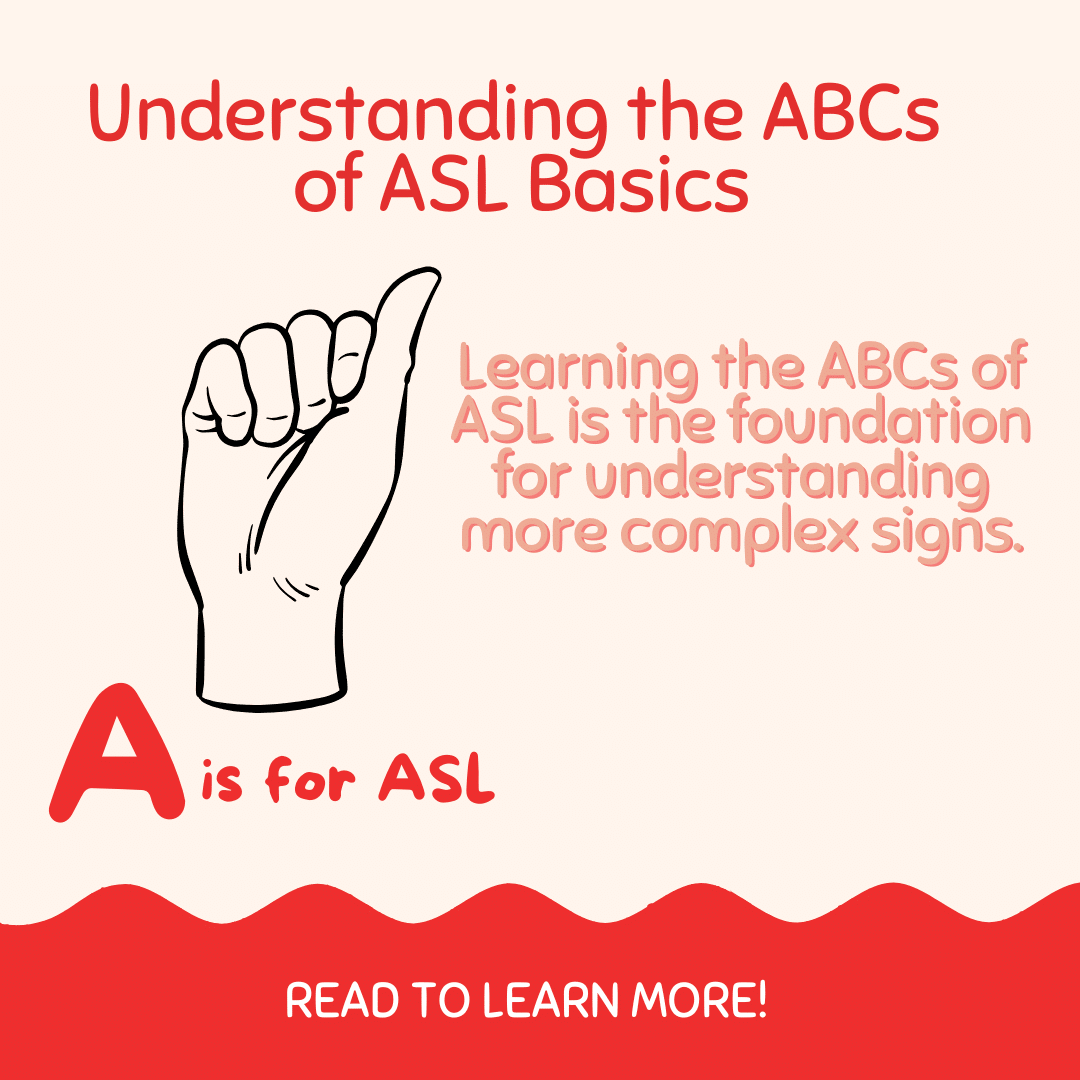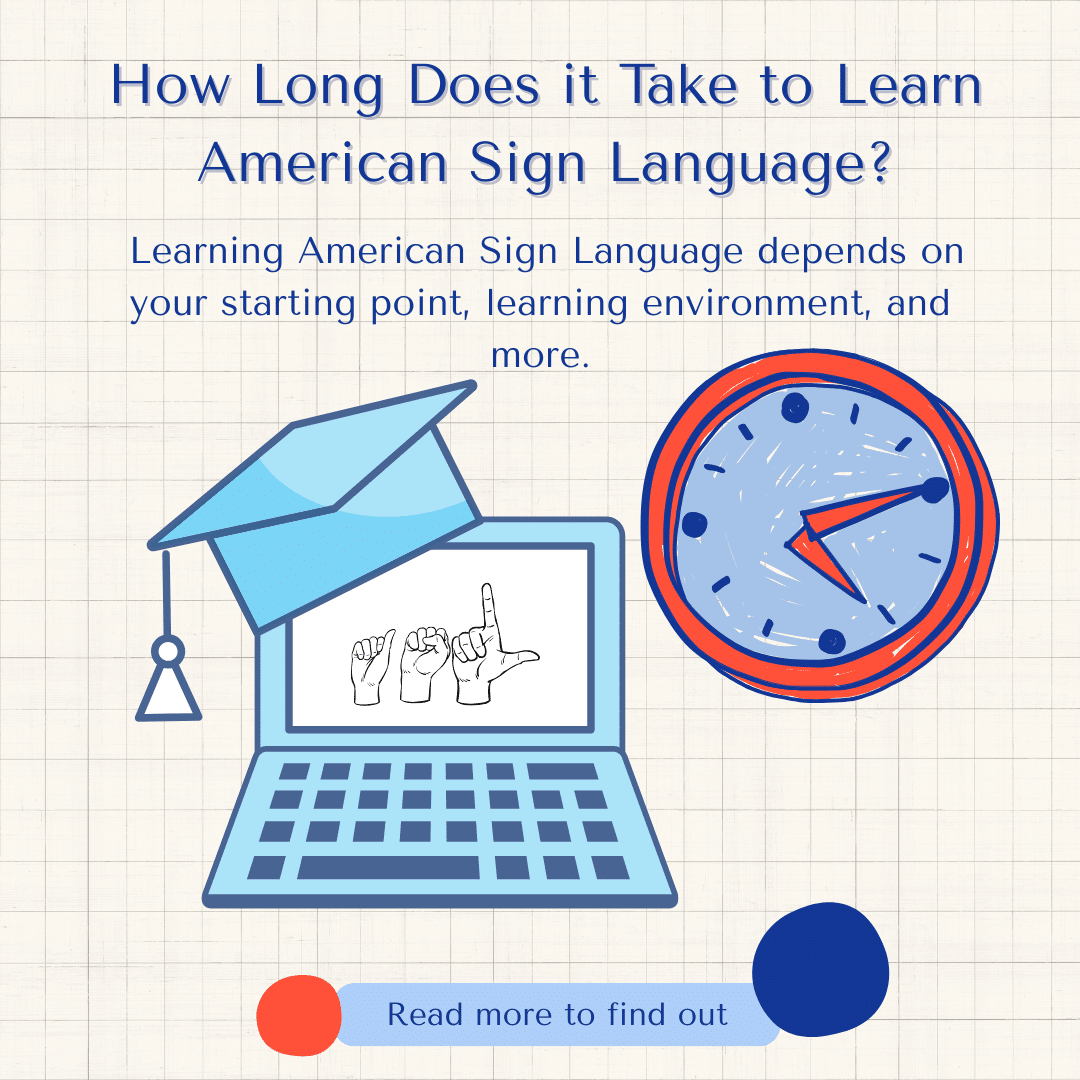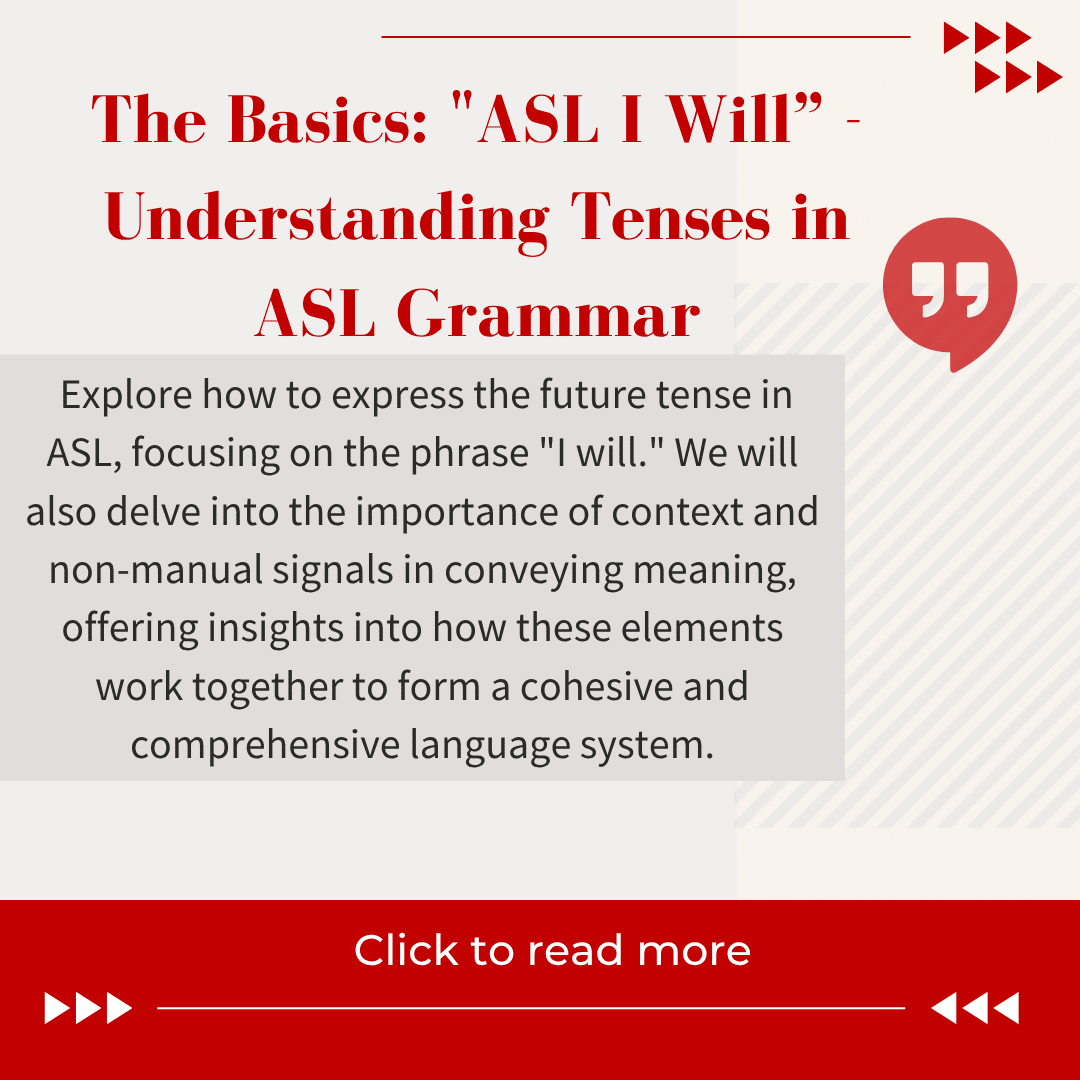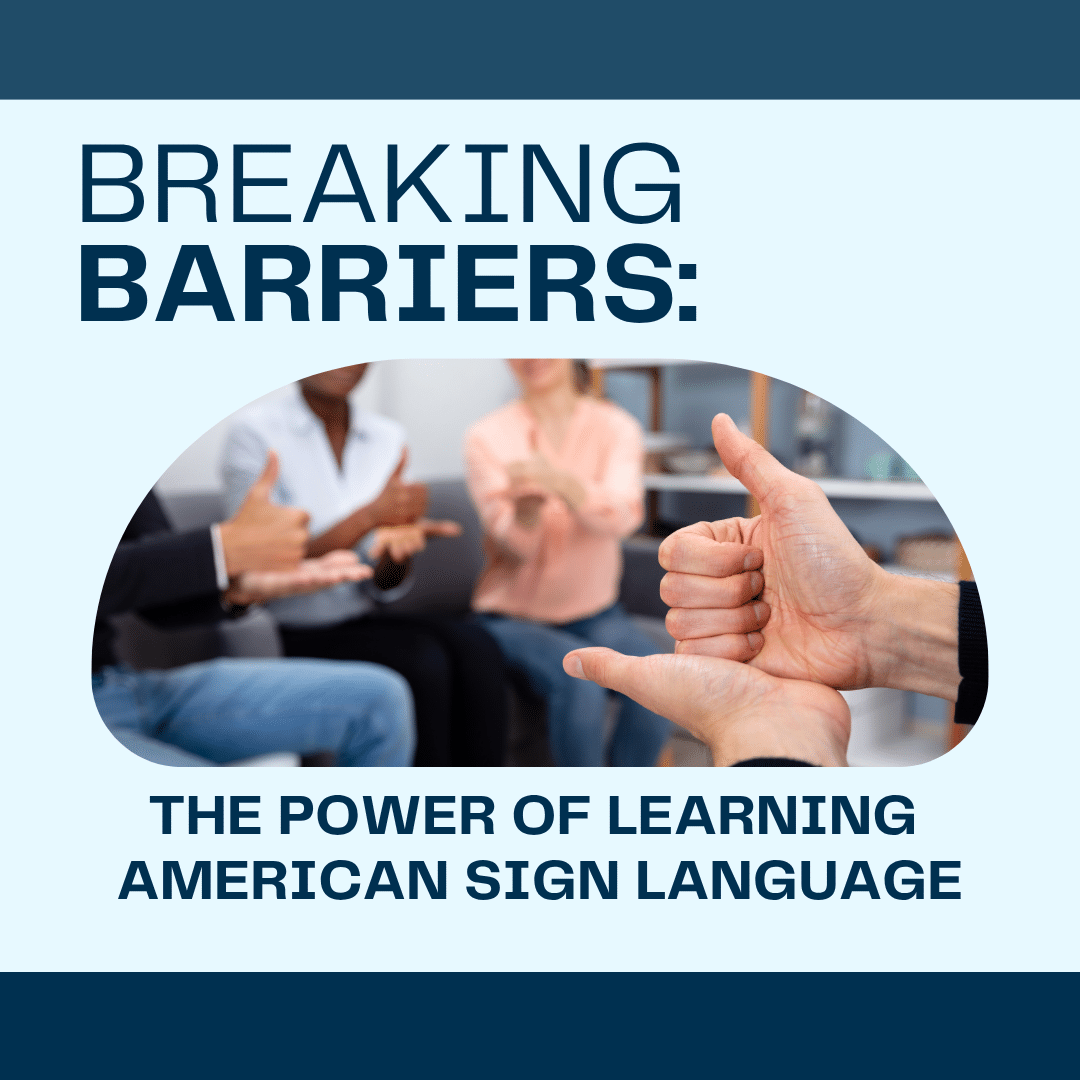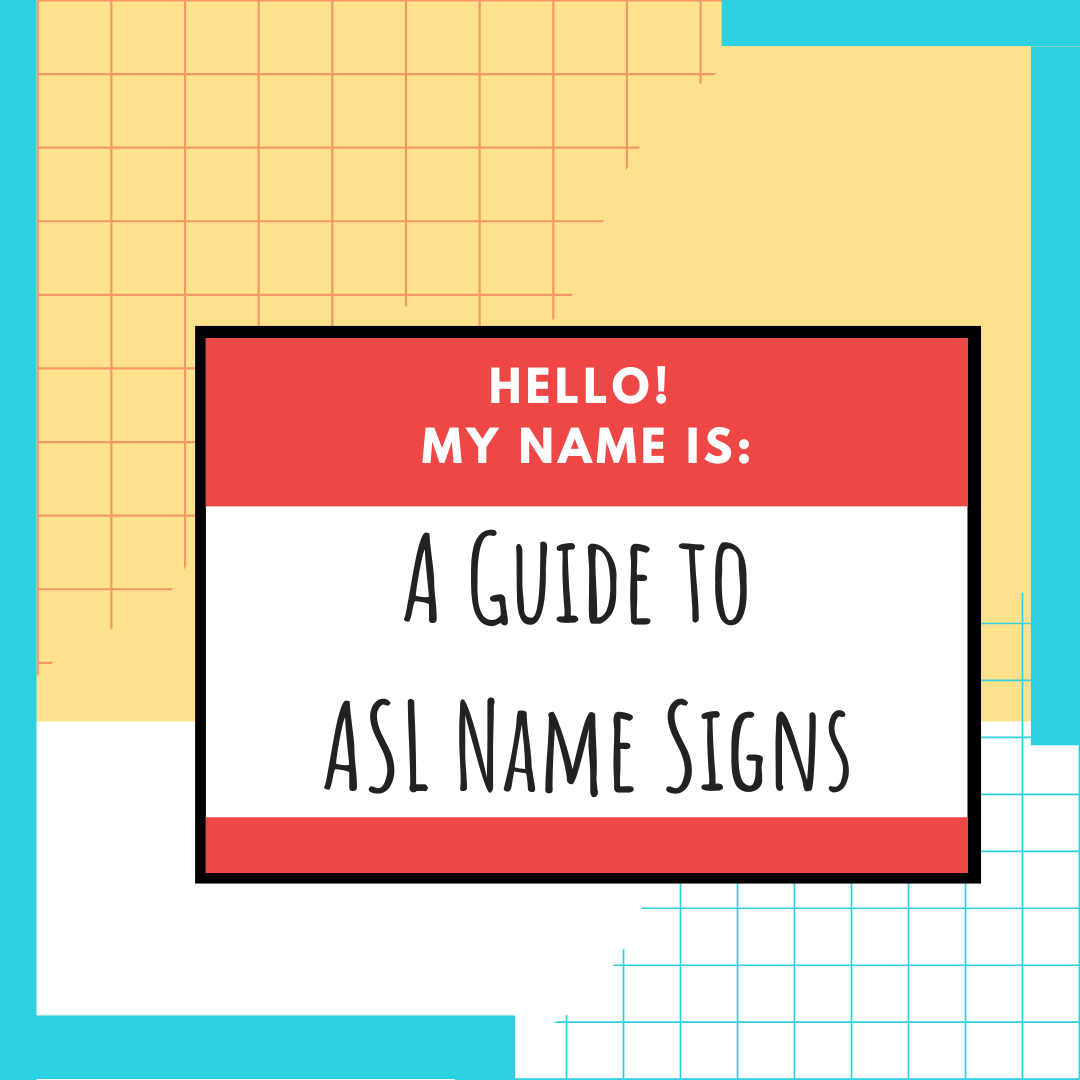
Learning Sign Language Online: ASL 1 – Unit 4 Sample
In this unit sample, you will learn more about the five sign parameters because you are learning sign language online.
The Five Sign Parameters – Part 2
The Five Sign Parameters Examples
In the table below, you will see 10 signs and their parameters:
| Sign | Handshape | Movement |
Palm Orientation |
Location |
Non-Manual Markers |
|
GIRL |
A |
Brushing |
To left |
Side of chin |
“R” mouth shape |
|
BOY |
Flat O |
Open/Close |
To left |
Forehead |
“O” mouth shape |
|
CHILDREN |
Open B |
Bounce |
Horizontal |
In front of body |
Context dependent |
|
ALONE |
1 |
Circular |
Inward |
On chest |
Context dependent |
|
TELL |
1 |
Forward |
Inward |
Chin forward |
Head tilt forward, tongue out |
|
SAY |
1 |
Toward |
Inward |
In front of face to chin |
Context dependent |
|
SLEEP |
Flat O |
Down |
Inward |
In front of face |
Context dependent |
|
NOT-YET |
Open B |
Shake down |
Inward |
To side of body |
Tongue out |
|
LATE |
Open B |
Down |
Inward |
To side of body |
“la” |
|
CHEAP |
B |
Down |
Horizontal |
Past non-dominant palm |
Eyebrows up, frown “chp” |
In the video below, you will see the 10 signs above demonstrated:
Take Our Free ASL 1 Course
This unit is just a sample of our complete course where you can learn American Sign Language quickly and easily. Enroll in our Free ASL 1 Course today!
Start Learning ASL Today!
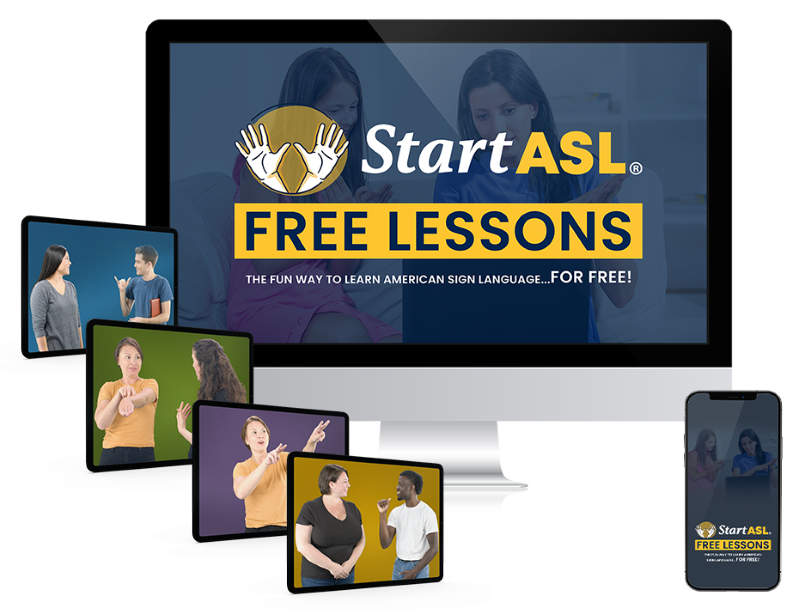 Ready to start learning real American Sign Language and not just basic signs? Do you want to be a part of the vibrant Deaf community? Check out our Free ASL 1 Course or our Complete 4-Level ASL Course options and start learning ASL today!
Ready to start learning real American Sign Language and not just basic signs? Do you want to be a part of the vibrant Deaf community? Check out our Free ASL 1 Course or our Complete 4-Level ASL Course options and start learning ASL today!
